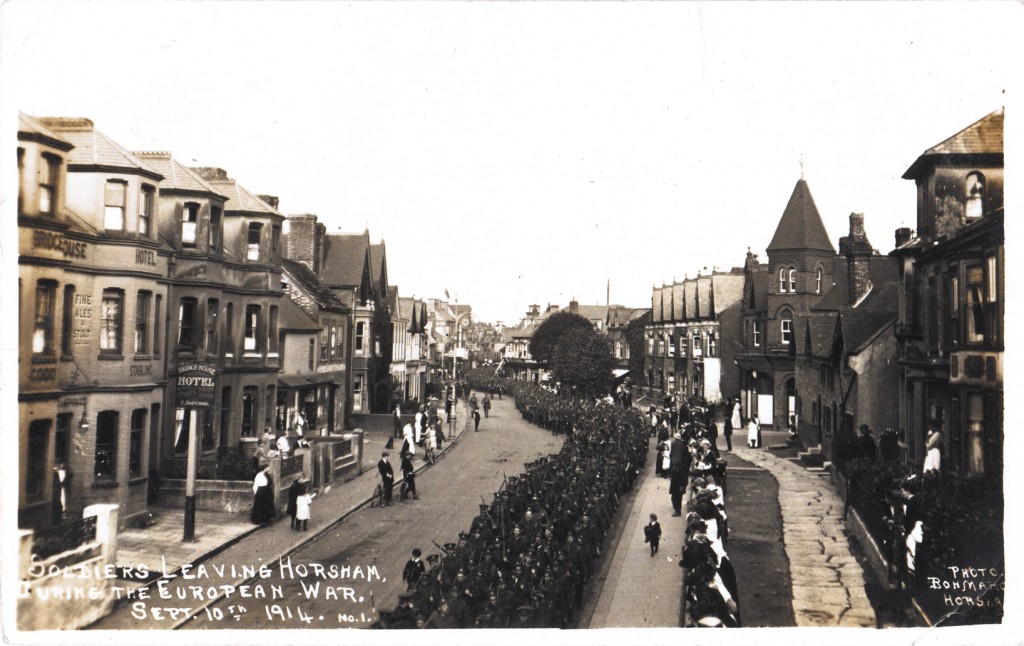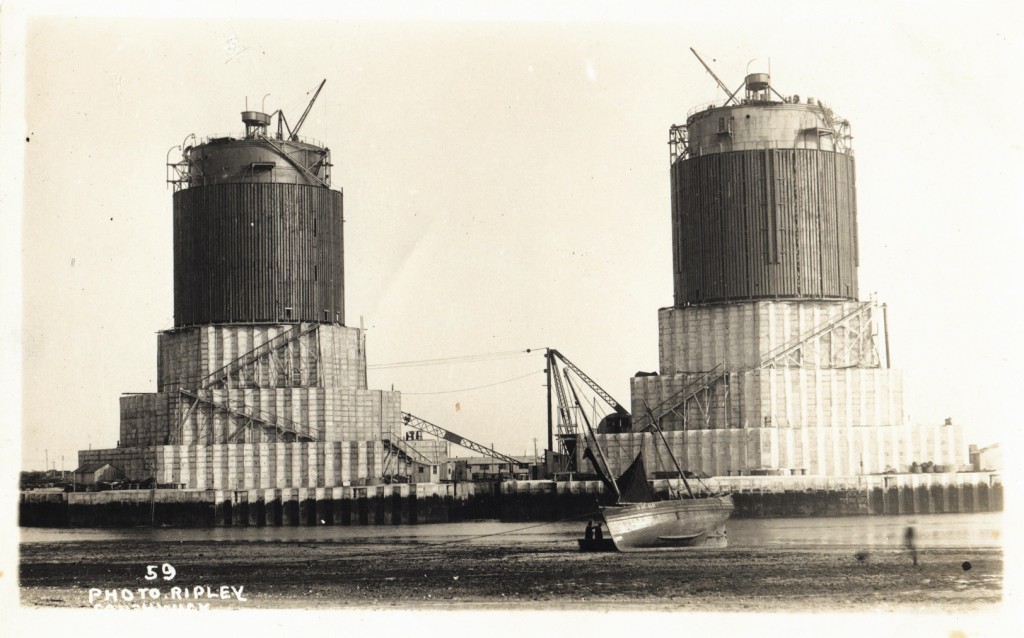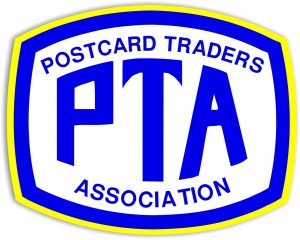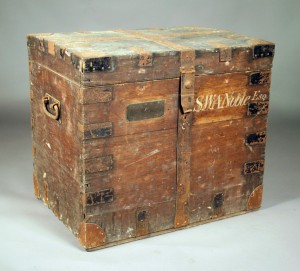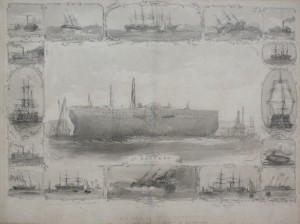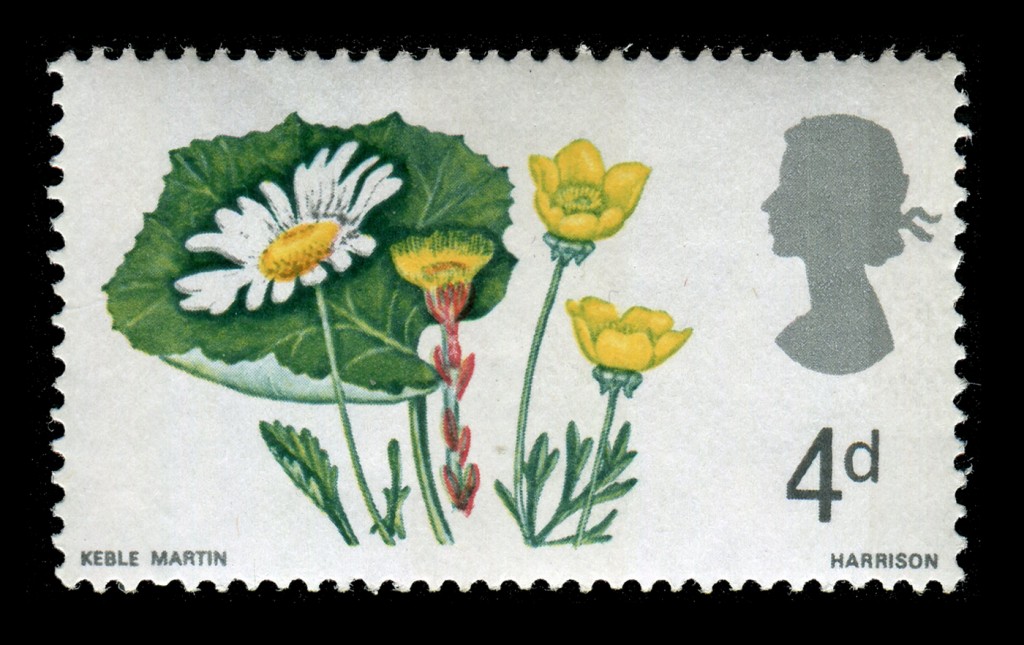
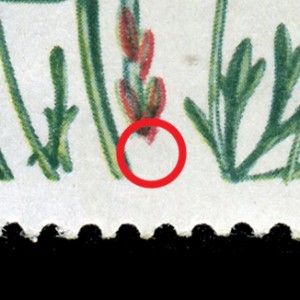
For stamp collectors, rare and error postage stamps are always among the highest prized. Toovey’s Sale of Paper Collectables includes one such rarity, a 1967 Flowers 4d phosphor mint stamp with the rare error of having the agate omitted, SG719pd. Tom Pierron in his book ‘Catalogue of Great Britain stamp errors and varieties‘ tells the story behind this rarity, ‘A couple of lady pensioners on holiday in the West Country bought all known copies of the error for use as postage. They split all blocks bar one and lightly stuck the majority to postcards… One was posted before the error was spotted. The fate of the postally used copy is unknown. The only known block of four is folded and the top right stamp has a blunt perforation.’
It is probably fair to say that in the second half of the 20th Century very few stamps have significant value unless they carry a rare variant, flaw or error, like this example. This stamp carries a pre-sale estimate of £1200-1800 and will be offered for sale on the 6th August.
